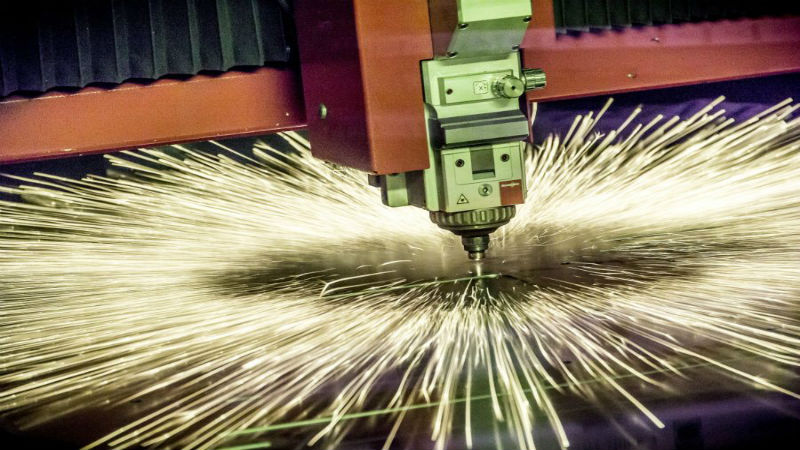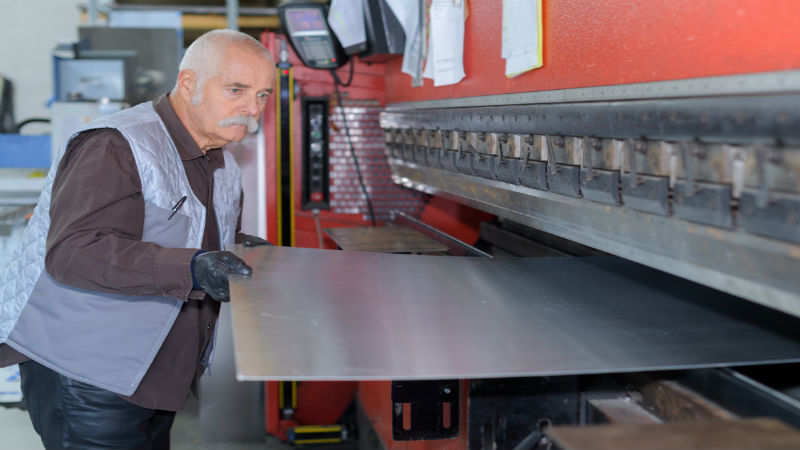The use of different options in laser technology to cut through metal to create highly precise shapes and edges is widely used in the fabrication of parts across most industries. The choice of the different options in lasers is always a factor of the thickness of the material as well as the type of metal or alloy that needs to be cut.
One of the most important checks to make before hiring any metal laser cutting services is the experience the shop has with cutting the particular metal or alloy in the thickness required for your production requirements. Trying to use the wrong equipment to cut through thick metal or alloy sheet or plate reduces the quality, creates problems with maintaining the tolerances required, and also adds to the time and cost of production.
Understanding the Possibilities
Not all metal laser cutting services are able to work to the precision and quality control required by an OEM. At the same time, the complexity of the part or component also has an impact on how any machine shop can process the order.
As a general statement, the more important precision cuts are for the OEM, and the more complex the pattern or shape, the more important it is to choose only the most experienced metal laser cutting companies.
The Design
Not only does the thickness of the workpiece and the experience of the company in the use of laser cutting technology have a role in the final quality of the part, but the actual design or cut requirements is also an issue.
Experienced metal laser cutting services can provide information on the specifics of the design that are required for a given type of laser cutting process. This can include the options for design details that can be difficult to accomplish to the specifications required.
Common issues that cause problems with final quality are lines that are too close together, holes that are too small in diameter for the thickness of the metal sheet and issues with intersecting lines in a design that may be problematic for quality control purposes.


